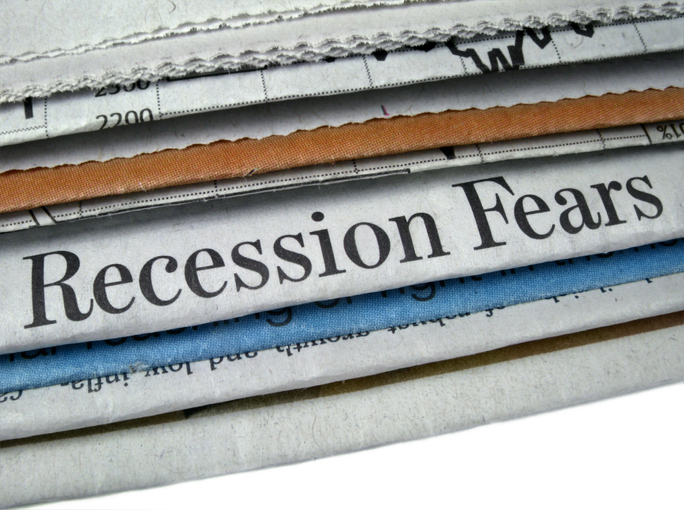How Low Will The S&P Go? Buffett And Shiller Know
The comments below are an edited and abridged synopsis of an article by Brian Livingston
Stephen Jones, a financial and economic analyst, tracks the formulas that several market wizards (Warren Buffett, Robert Shiller) have disclosed. He has crunched the financial celebrities’ formulas, based on their public statements.

The graph (included) doesn’t show the S&P 500’s price levels. Instead, it reveals how well the projection methods estimated the market’s 10-year rate of return in the past. It includes forecasts for the 10 years that lie ahead. All of the numbers for the S&P 500 include dividends but exclude the CPE’s inflationary effect on stock prices.
Shiller’s P/E10 predicts a 2.6% annualized real total return. Buffett’s MV/GDP says minus 2.0%. Tobin’s ‘q’ ratio indicates minus 0.5%. Jones’s Composite says minus 4.1%.
The predictions might seem far apart, but they aren’t. The forecasts are all much lower than the S&P 500’s annualized real total return of about 6% from 1964 through 2018.
For long-term investors, the likelihood that the market is overpriced and will eventually pull back to a lower valuation should flash a caution light. A disappointing decade is not the time to gamble your money on a 100% stock portfolio. Diversifying into other types of assets can prevent any one index from dragging down your performance.
Long-established strategies encompass numerous asset classes besides just US stocks and bonds. Those diversifying assets include real-estate investment trusts, commodities, precious metals, and non-US stocks and bonds.
During the 2007–2009 bear market, the S&P 500 lost 56%, adjusted for dividends and inflation. In the same period, Vanguard’s long-term Treasury fund gained 18%, and iShares gold fund rose 22%. No matter how bad the stock market may get, something else is always going up.
You are the captain of your own destiny, but you don’t have to go down with the ship when the S&P 500 hits the inevitable rocks. Diversify now.


